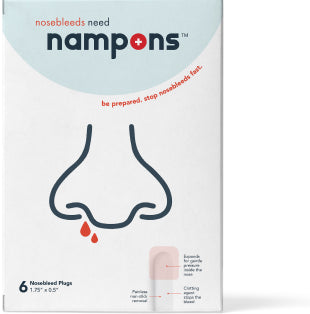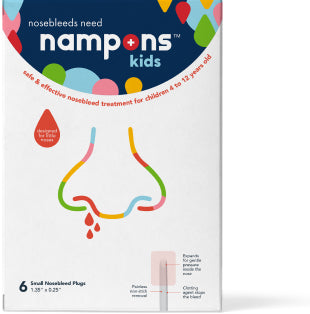There is no cure for Hereditary Hemorrhagic Telangiectasia (HHT). It's a disease that science doesn't fully understand, and until that understanding arrives, it's unlikely that we'll have a cure for this condition. But it’s not all bad news as great strides are being made to find better treatments and a cure is far from an impossibility.
Will There Be a Cure for Hereditary Hemorrhagic Telangiectasia (HHT) in the Future?
According to Cure HHT, an organization devoted to furthering the understanding of this genetic disorder, there isn't a great deal of money being spent on HHT research.
They noted that the National Institutes of Health (NIH) spent $75 million on research for both Muscular Dystrophy and Cystic Fibrosis in 2015, but gave just $2.5 million to HHT.
Cure HHT is one of the organizations lobbying for more funding, but in the meantime, it’s relying on individual donations, as well as the tireless efforts of researchers across the United States.
These researchers are making huge advancements every year, but there's still a lot of work to be done.
Problems with Finding a Cure for HHT
HHT is a genetic disorder and while we know some of the genes involved in its development, there is still a lot of uncertainty.
The understanding of arteriovenous malformations (AVMs) is key to finding a cure for HHT. It's important that we find a way to prevent AVMs from developing while also researching more treatments to cure ones that have already formed.
The location and severity of AVMs differ greatly from one patient to the next, and this further convolutes the process of finding a cure.
Summary: Finding a Cure for HHT
As things stand, we can treat AVMs and other symptoms of Hereditary Hemorrhagic Telangiectasia, including recurrent nosebleeds, but until we're able to cure the disease itself and prevent abnormal blood vessels from forming, we won't beat this disease completely.
Fortunately, while there is limited money being invested into HHT research, organizations like Cure HHT are working tirelessly to educate practitioners, treat patients, and move toward a cure.



